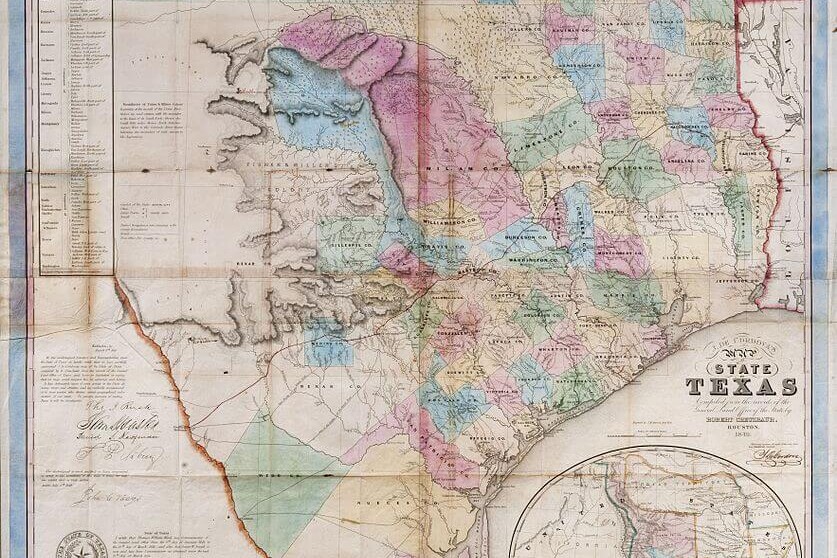On December 29, 1845, the sovereign nation known as the Republic of Texas became the 28th state of the United States of America. In the ten years of Texas’ independence before becoming a U.S. state, the Republic actively sought settlers. One man who played a critical factor in increasing Texas’ population was Henri Castro.
Born in 1786 in Bayonne, France, Castro’s family was of Portuguese-Jewish descent. An ambitious young man, he was appointed by the Governor of Landes (Southwestern France) to greet Napoleon, and, later, in 1806, served in Napoleon’s honor guard. After the fall of Napoleon, Castro moved to the United States. Although he became an American citizen in 1827, he returned to France in 1838 to become a partner in a bank. In that role, he worked to negotiate a loan for the Republic of Texas. In gratitude, President Sam Houston appointed him Consul General for Texas at Paris.
In 1842, Castro contracted a land grant on the Medina River in Southwest Texas and was required to find at least 600 families or single men to come to Texas. After recruiting settlers from all over France, he chartered seven ships of settlers, the first of which arrived at the Port of Galveston on January 1, 1843.
The new settlement, which was named Castroville, was established in September 1844. Three more settlements of Castro recruits were then settled: Quihi in 1845, Vandenburg in 1846, and D’Hanis in 1847. To ensure the success of his settlements, Castro used his own funds – more than $200,000 – to make certain that the settlers had everything that they needed.
Although Castro had established his own settlement in Castroville, he decided to return to France in 1865. On his way to France, while still in Mexico (where his ship was to disembark), Castro became seriously ill and passed away on November 3, 1865.
Copyright © 2014 NJOP. All rights reserved.
Related Posts
A Tale from Texas
In 1968, the State of Texas decided to honor the deeds of Jacob Raphael De Cordova…
0 Comments3 Minutes
They Came to Texas
From the annals of history, we are often left with the mistaken impression that all…
0 Comments2 Minutes
Touring the States
When travelling in the states, make it a point to visit Jewish historical landmarks.
0 Comments1 Minute
 Print This Page
Print This Page